I started “lighting up” again for the 2019 season a couple of weeks ago. I don’t mean I’ve taken to smoking, I’m referring to moth-ing. I’m still using the borrowed and now bought homemade scientific moth trap. It is a 40-Watt actinic light Robinson style trap and was built by my cabinetmaker and amateur luthier friend Rob, whom I’ve mentioned previously (see Mothley Crew).
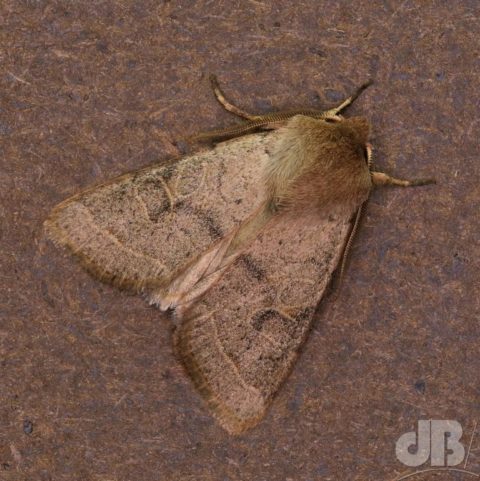
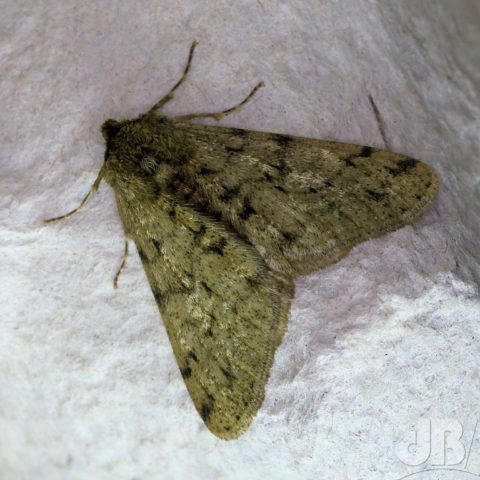
Anyway, despite frosts, wind, and rain there have been a few early moths turning up in the trap over the last fortnight or so. I should note the 12-year old UV-A bulb was looking worn when illuminated so I have replaced it and am hoping for great things over the coming weeks and months.
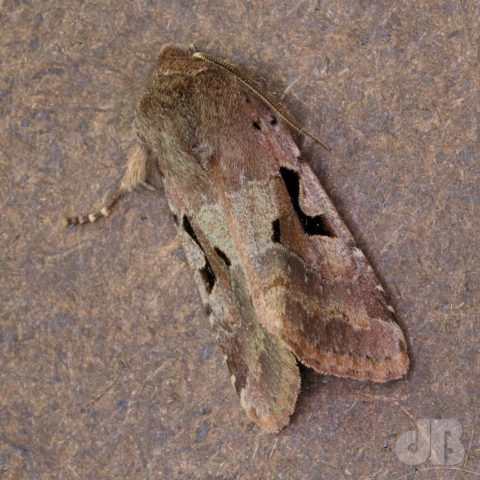
First to appear were the Common Quakers (Orthosia cerasi) of which there have been several over the weeks. I should point out that the first moth I saw this year was 15th February in the front garden and was what made me think it might be worth lighting up again, Common Plume (Emmelina monodactyla). After the CQs, there was the relatively rare Acleris cristana on the trap, but not in it, Pale Brindled Beauty (Phigalia pilosaria), again on the trap in the evening and then in it by morning light. Hebrew Character (Orthosia gothica) moths started to show up by 23rd February and I’ve seen several not to be confused with their bristly relatives, which come later, Setaceous Hebrew Character (Xestia c-nigrum).
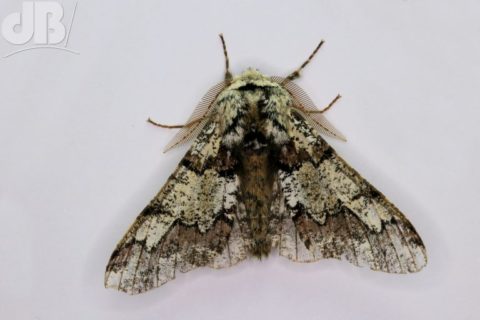
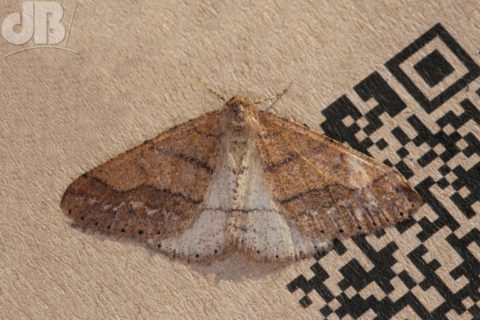
Then, I had Oak Beauty (Biston strataria), which lives up to its name and gives me some hope that I might get other oak-loving species much later in the year, such as the elusive Mervs and Decembers. Next was Dotted Border (Agriopis marginaria) (also saw several of this species in the gents at NT Dunwich Heath), bizarrely, but perhaps not unsurprisingly.
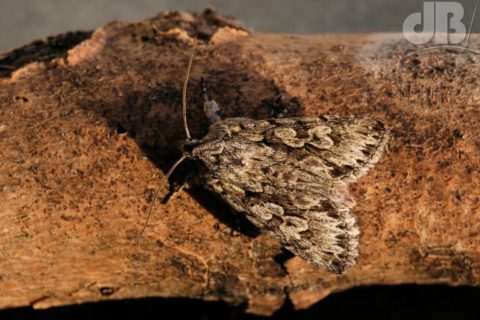
Then Clouded Drab (Orthosia incerta), Small Quaker (Orthosia cruda), Twin-spotted Quaker (Anorthoa munda), and Early Grey (Xylocampa areola) on 8th March. Meanwhile, there was a Yellow Horned (Achlya flavicornis) at Dunwich, which I mentioned in my Dartford Warbler blog post about the site.
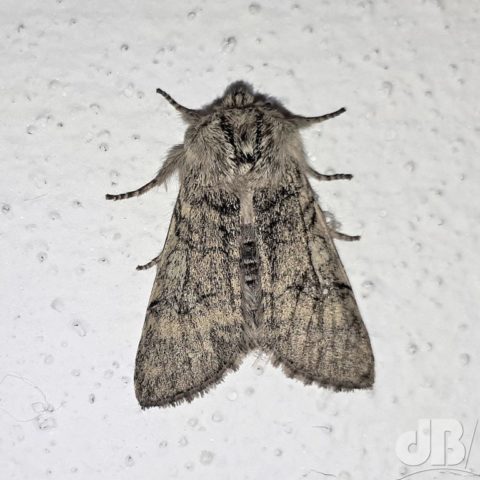
As new moths appear in the trap each evening, I’ll add them to my Mothematics gallery. I usually also post to the Facebook group UK Moths Flying Tonight.